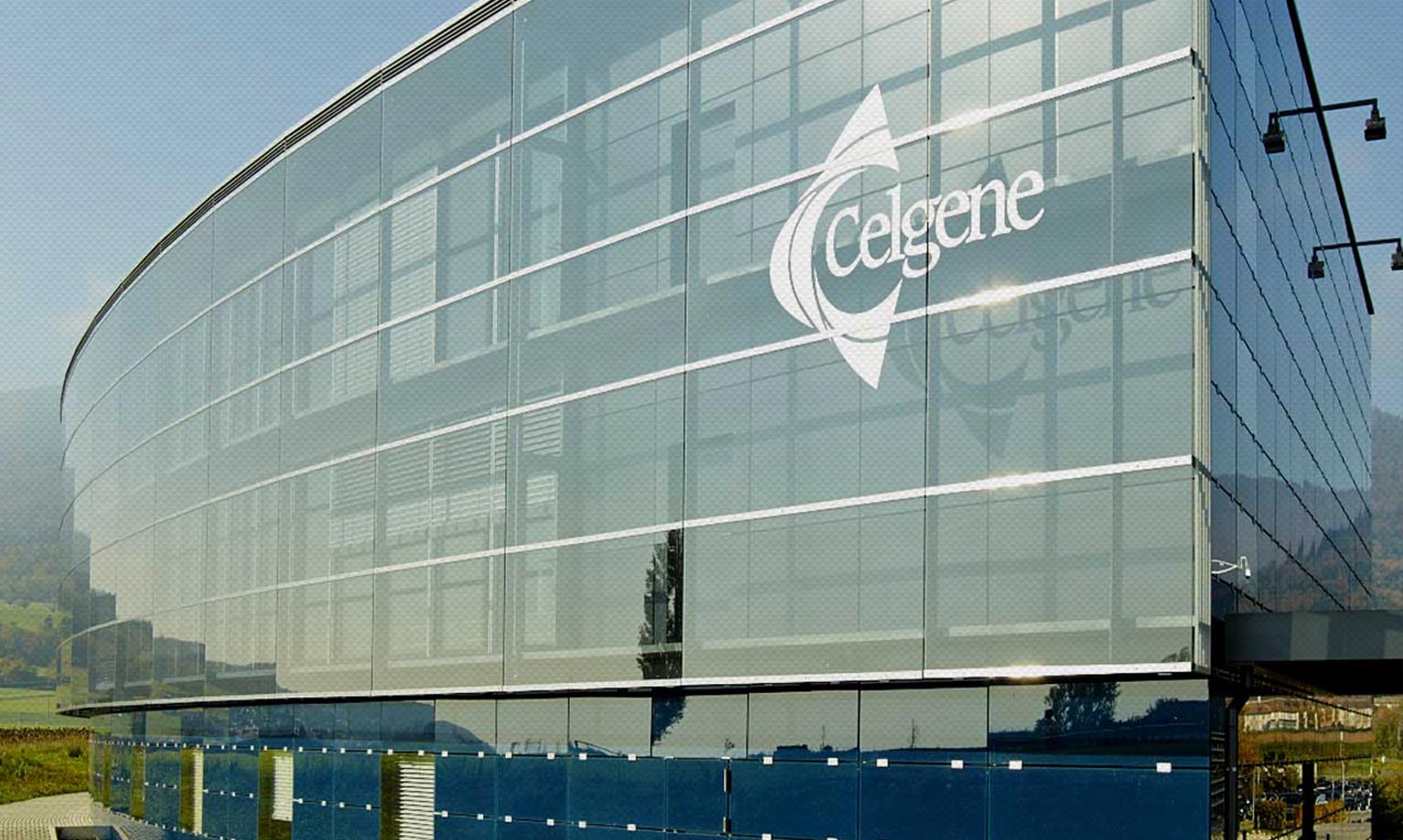Celgene gets MS blockbuster-in-waiting ozanimod back on track

Regulators in the US and EU have formally started their review of Celgene’s oral drug ozanimod for multiple sclerosis, setting up verdicts next year.
The news is a relief to Celgene after its first attempt to file the sphingosine 1-phosphate (S1P) receptor modulator with the FDA for the relapsing-remitting form of MS (RRMS) last year ended in a refusal-to-file letter, prompted by data deficiencies in its submission dossier that Celgene blamed on its Receptos unit.
The company refiled its application with the FDA in March, and despite the lengthy delay caused by the regulatory slip-up ozanimod is still seen as a potential blockbuster in Celgene’s portfolio and one of the drivers behind the company’s proposed $74 billion takeover by Bristol-Myers Squibb.
In a statement, Celgene said the FDA has set a target action date for the review of 25 March 2020, with an EMA decision due in the first half of the year. The filings are backed by efficacy and safety data from the SUNBEAM and RADIANCE part B phase 3 trials.
There’s no doubt some of the shine has been taken off the programme as a result of the delay however, particularly as it allowed Novartis to get in first with an FDA approval and US launch for its rival S1P-targeting drug Mayzent (siponimod).
Mayzent was cleared for the treatment of patients with relapsing forms of the disease, including secondary progressive MS (SPMS), a more advanced stage that affects patients who initially present with RRMS. It’s due for an EMA verdict before the end of this year.
Analysts had tipped ozanimod to become a $5 billion product at peak, if it can add additional indications in inflammatory bowel disease, although now that it is second to market that tally is likely to be harder to reach.
If approved, ozanimod will also have to compete with another new oral treatment for RRMS and SPMS – Merck KGaA’s Mavenclad (cladribine) – which got a belated green light from the FDA a few weeks ago, fully eight years after it was first filed for approval in the US.
For several years, the market for orally-active MS drugs has been split between Biogen’s market-leading Tecfidera (dimethyl fumarate), Novartis’s Gilenya (fingolimod) and Sanofi’s Aubagio (teriflunomide) – all of which are bringing in blockbuster sales levels.
Tecfidera added more than $4 billion to Biogen’s top-line last year, with Novartis booking $3.3 billion from Gilenya and Aubagio still bringing in €1.86 billion for Sanofi coffers.
A shadow over the entire market – including the new S1P drugs – is a Tecfidera patent challenge from Mylan that if successful could allow cheaper copies of the drug in the US as early as next year, although Biogen reckons it has protection until 2028.
Meanwhile, Biogen is also hoping to protect its franchise with a follow-up called diroximel fumarate, developed with Alkermes, that is designed to reduce some gastrointestinal tolerability issues with Tecfidera, and is also due for an FDA verdict before year-end.
Despite the increasingly competitive environment, Celgene’s chief medical officer Jay Backstrom said “we believe that ozanimod has the potential to be an important option early in the treatment of relapsing forms of MS and a best-in-class S1P receptor modulator.”
If that turns out to be correct it’s another score for Celgene that helps rebuff criticism of BMS’s takeover plan.
Other positive developments include the resolution of a patent dispute with the generics firm Alvogen preventing it from selling any generics until March 2022, and even then, with limits on volume, and new approvals for its biggest product Revlimid (lenalidomide) as it heads for $10 billion-plus in sales this year.












